When it comes to choosing the perfect engagement ring, the cut of the stone plays a crucial role in defining its overall beauty and elegance. Among the many options available, the baguette cut and emerald cut are two distinct styles that stand out for their unique characteristics. This article delves into the differences between the baguette cut vs emerald cut ring, exploring their appearance, color, and symbolism.
What is a Baguette Cut vs Emerald Cut Ring?
The baguette cut and emerald cut are both known for their rectangular shapes, but they differ significantly in their design and visual impact. Understanding these differences can help you make an informed decision when selecting a ring.
Baguette Cut:
- The baguette cut features long, narrow facets that give the stone a sleek, elongated appearance. This cut is characterized by its straight lines and step-cut facets, creating a clean and modern look. The baguette cut is often used as an accent stone in jewelry, complementing larger center stones with its understated elegance.
Emerald Cut:
- The emerald cut, on the other hand, is known for its unique step-cut facets that create a hall-of-mirrors effect. This cut is larger and more open compared to the baguette, showcasing a broader surface area. The emerald cut is renowned for its classic and timeless appeal, making it a popular choice for engagement rings and other fine jewelry.
Baguette Cut vs Emerald Cut Ring: Color and Meaning
The color and symbolism of a baguette cut vs emerald cut ring can add an extra layer of significance to your choice.
Color:
- Baguette Cut: This cut is typically used with clear, colorless stones to highlight its sleek lines and symmetry. It can also be found in various colors, including diamonds, sapphires, and emeralds, each offering a different aesthetic.
- Emerald Cut: The emerald cut is often associated with a broader range of colors, including diamonds, emeralds, and other gemstones. The cut's open facets allow for a rich display of the stone's natural color and clarity.
Meaning:
- Baguette Cut: Symbolizing modernity and sophistication, the baguette cut represents elegance in simplicity. It is often chosen for its clean lines and understated charm.
- Emerald Cut: Known for its classic and timeless beauty, the emerald cut symbolizes enduring love and commitment. Its open facets are said to reflect the clarity and depth of the wearer's emotions.
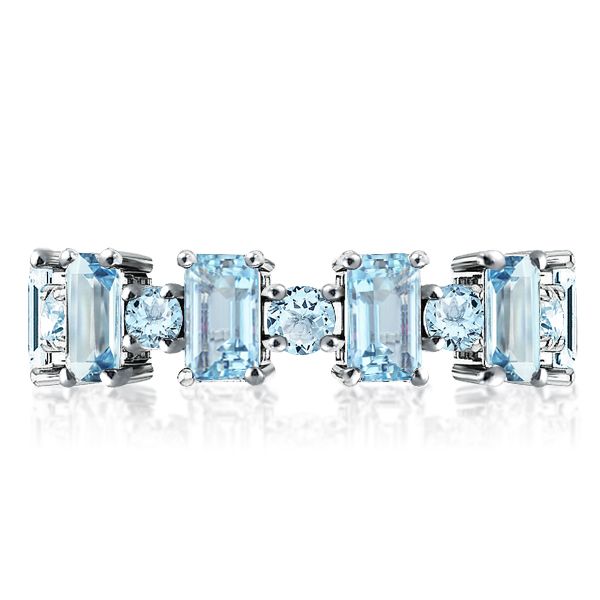
Why Choose Between Baguette Cut vs Emerald Cut Ring?
Choosing between a baguette cut vs emerald cut ring ultimately comes down to personal preference and the desired look. Both cuts offer distinct advantages and can be beautifully incorporated into engagement rings and other jewelry.
Baguette Cut vs Emerald Cut Ring: Style and Versatility
Baguette Cut:
- The baguette cut's sleek and elongated shape makes it an excellent choice for adding a modern touch to any ring. It is versatile and can be used as a side stone or in a unique setting.
Emerald Cut:
- The emerald cut's classic design adds a timeless quality to any ring. Its larger surface area allows for a more prominent display of the stone's color and clarity, making it a stunning choice for engagement rings.
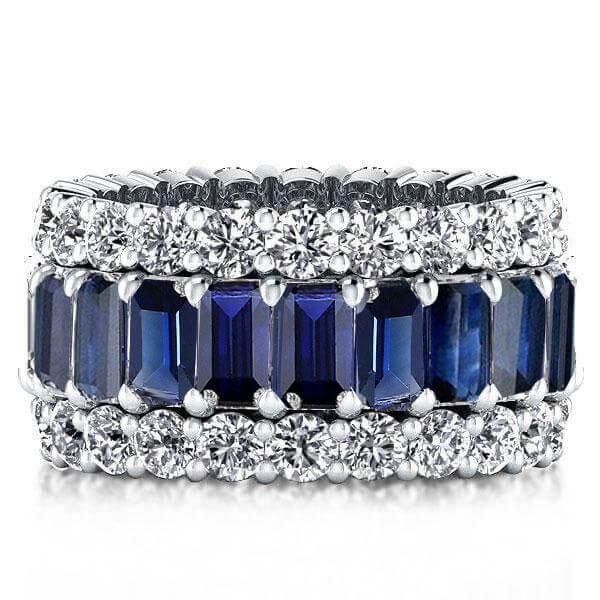
Baguette Cut vs Emerald Cut Ring: Choosing the Perfect Style
Baguette Cut:
- Ideal for those who appreciate minimalist design and clean lines. The baguette cut can be a striking addition to vintage or contemporary rings.
Emerald Cut:
- Perfect for those who prefer a timeless, elegant look. The emerald cut's distinctive facets offer a sophisticated charm that complements both classic and modern styles.
Conclusion:
In summary, the choice between a baguette cut vs emerald cut ring depends on your personal style and the statement you wish to make. Both cuts offer unique advantages, from the baguette's modern elegance to the emerald cut's classic appeal. When selecting your perfect ring, consider the color, meaning, and overall style to ensure that it reflects your individual taste and preferences.


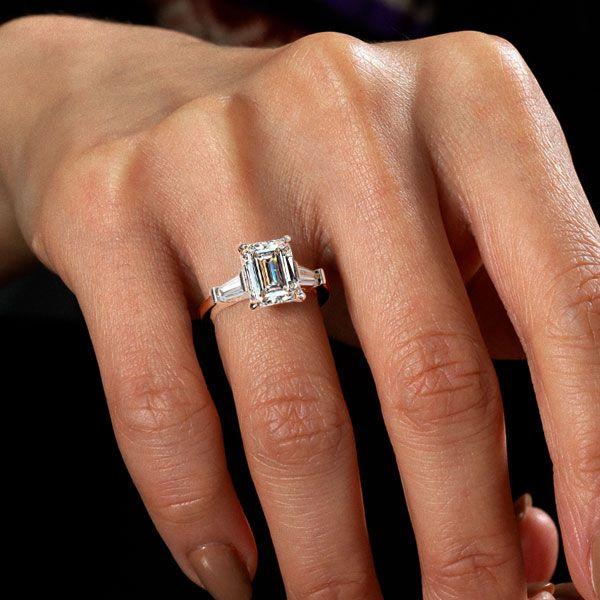
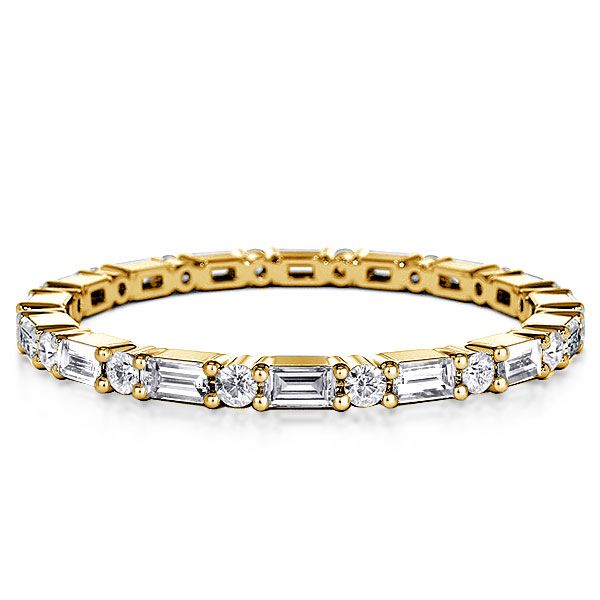

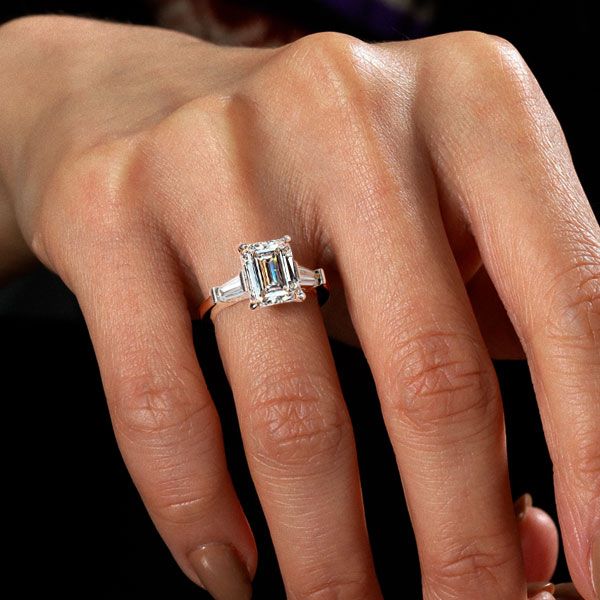

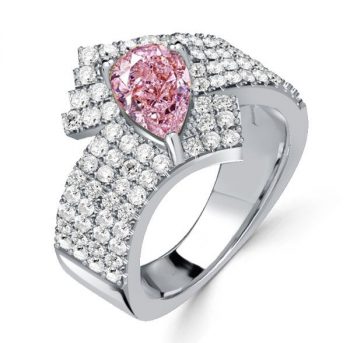
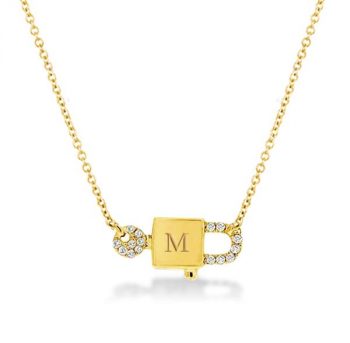
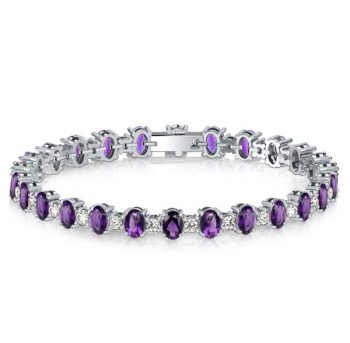
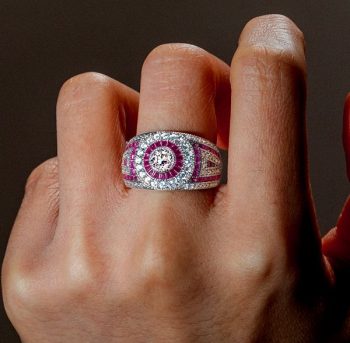
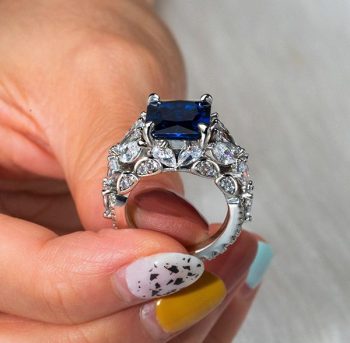
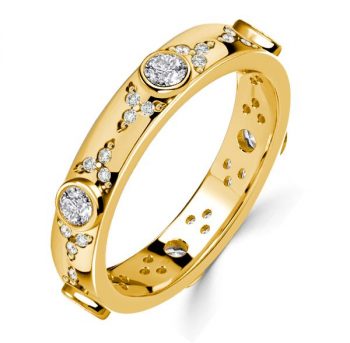
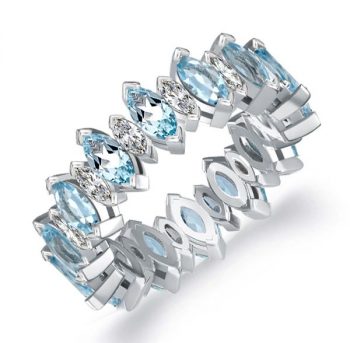
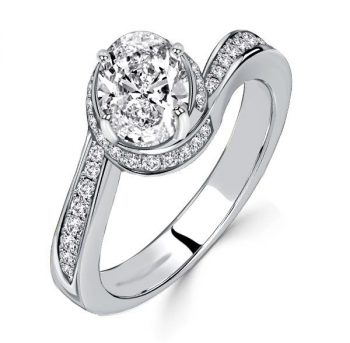
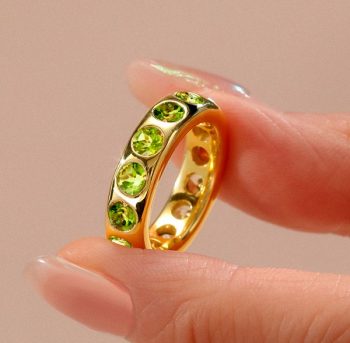
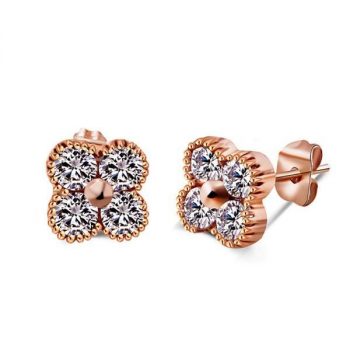

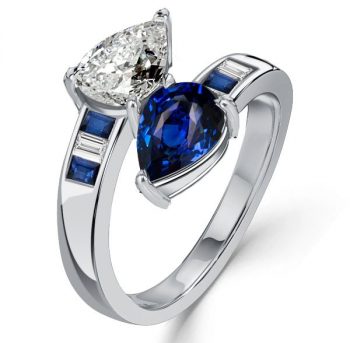
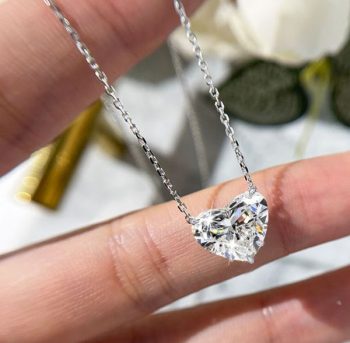
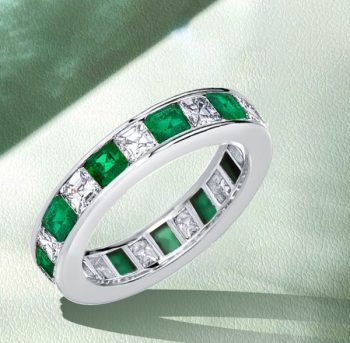
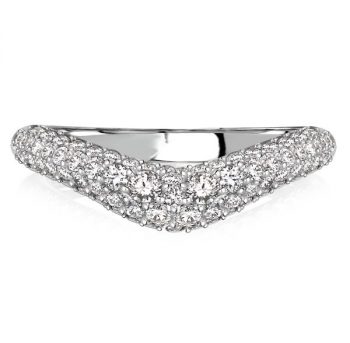
 © 2025 by Italojewelry®. All Rights Reserved.
© 2025 by Italojewelry®. All Rights Reserved.